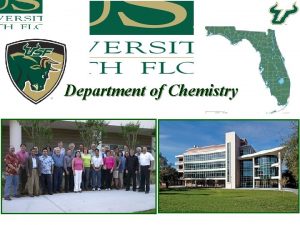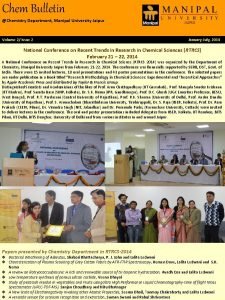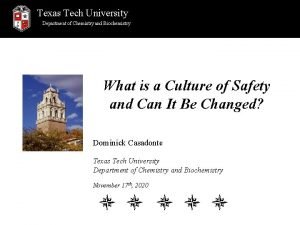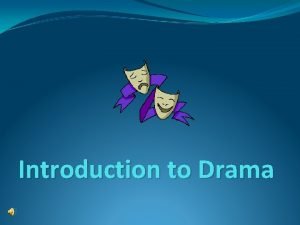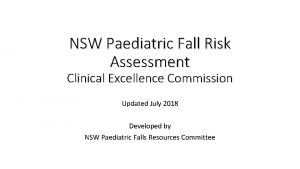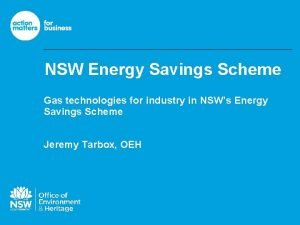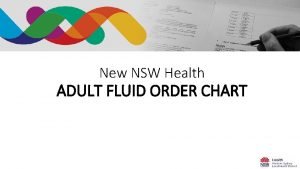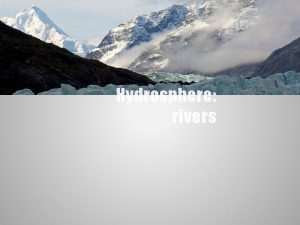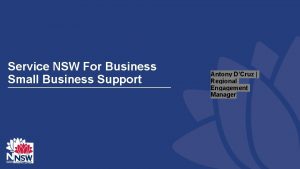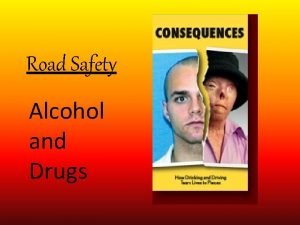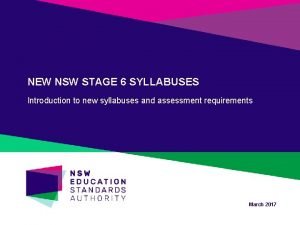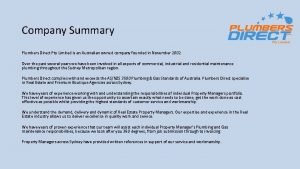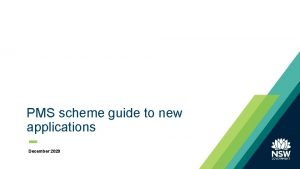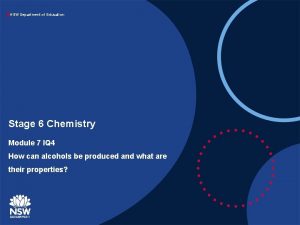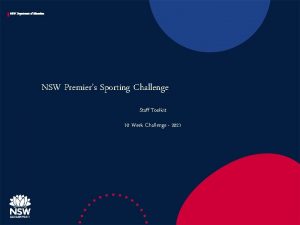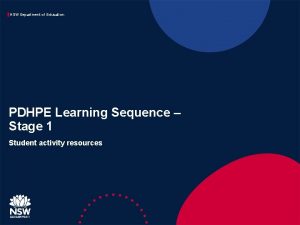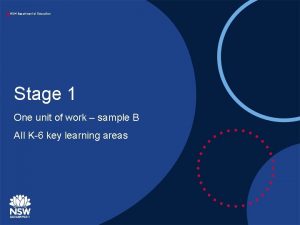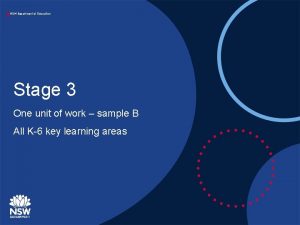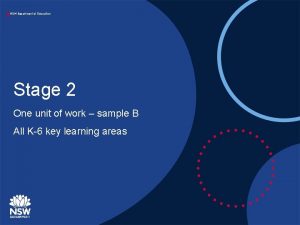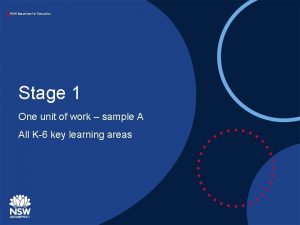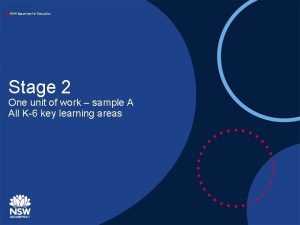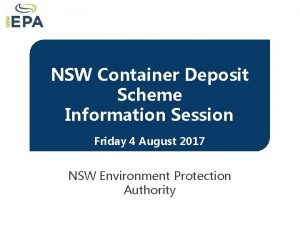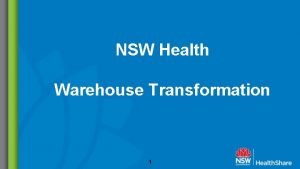NSW Department of Education Stage 6 Chemistry Module


































- Slides: 34

NSW Department of Education Stage 6 Chemistry Module 8 IQ 2 How is information about the reactivity and structure of organic compounds obtained?

NSW Department of Education How is information about the reactivity and structure of organic compounds obtained? • Inquiry question - How is information about the reactivity and structure of organic compounds obtained? • This document contains topic specific content notes to support students. In addition, several self-assessment opportunities are presented for this inquiry question with HSC-style items allowing students to review their responses with regard to the marking criteria. 2

NSW Department of Education How is information about the reactivity and structure of organic compounds obtained? Chemical Tests - alkenes • The bromine test for unsaturation is an addition reaction using bromine to give the corresponding ‘dihalo’ product such as cyclohexene giving 1, 2 dibromocyclohexane: • This reaction is also photosensitive, bromine can react and substitute for hydrogen on alkanes in the presence of UV light giving a false positive result. It is therefore important to protect the test from light. 3

NSW Department of Education How is information about the reactivity and structure of organic compounds obtained? Chemical Tests - alkenes • Positive result – the decolourisation of the bromine water due to the consumption of bromine. This indicates the presence of a double bond in the test substance. • Negative result – the orange/brown colour is retained with no reaction occurring. This indicates the absence of a double bond in the test substance. Insert image from https: //chem. libretexts. org/@api/deki/files/126591/Nichols _Screenshot_6 -4 -20. png? revision=1 4

NSW Department of Education How is information about the reactivity and structure of organic compounds obtained? Chemical Tests - alkanols • Oxidation test for primary alcohols will produce the corresponding aldehyde such as propan-1 -ol produces propanal: • Oxidation test for secondary alcohols will produce the corresponding ketone such as propan-2 -ol to propanone: 5

NSW Department of Education How is information about the reactivity and structure of organic compounds obtained? Chemical Tests - alkanols • Positive result – the orange dichromate ion oxidises the alcohol and changes to a blue/green colour (see diagram below). This indicates the presence of a Insert images from https: //chem. libretexts. org/@a pi/deki/files/126593/Nichols_S creenshot_6 -422. png? revision=1 primary or secondary alcohol in the test substance. • Negative result – the orange colour is retained with no reaction occurring. This indicates the absence of a primary or secondary alcohol in the test substance. Insert image from https: //www. chemguide. co. uk/inorganic/transition/dichrzndiag. gi f 6

NSW Department of Education How is information about the reactivity and structure of organic compounds obtained? Chemical Tests - alkanols • The oxidation test is unable to detect a tertiary alcohol due to the absence of the hydrogen on the same carbon as the hydroxyl (OH) functional group. An alternative test for water soluble tertiary and secondary alcohols is the Lucas test which uses zinc(II) chloride and concentrated hydrochloric acid to perform a substitution reaction producing the corresponding chloroalkane such as 2 methylpropan-2 -ol producing 2 -chloro-2 -methylpropane and water: 7

NSW Department of Education How is information about the reactivity and structure of organic compounds obtained? Chemical Tests - alkanols • Positive result – the Lucas test produces a cloudy solution indicating the production of the insoluble chloroalkane in the aqueous solution. This indicates the presence of a tertiary (fast reaction) or secondary alcohol (slow reaction) in the test substance. • Negative result – The solution remains clear with no cloudy appearance. This indicates the absence of a tertiary or secondary alcohol in the test substance. Insert image from https: //chem. libretexts. org/@api/deki/files/126641/Nichols_Screens hot_6 -4 -31. png? revision=1 8

NSW Department of Education How is information about the reactivity and structure of organic compounds obtained? Chemical Tests – carboxylic acids • Carboxylic acids are weak acids and in solution will have the corresponding weak acid p. H. A suitable coloured indicator can be used for this which gives a resulting colour for a p. H < 7. This would indicate the presence of a carboxylic acid. • The sodium hydrogen carbonate (or sodium carbonate) test gives off CO 2 as gas bubbles through the neutralisation reaction with the carboxylic acid such as ethanoic acid reacting with sodium hydrogen carbonate to produce sodium ethanoate, carbon dioxide and water: 9

NSW Department of Education How is information about the reactivity and structure of organic compounds obtained? Chemical Tests – carboxylic acids • Positive result – the carbonate test produces a bubbles of carbon dioxide gas from the neutralisation reaction. This indicates the presence of a carboxylic acid in the test substance. • Negative result – the solution does not produce bubbles as no reaction occurs. This indicates the absence of a carboxylic acid in the test substance. Insert image from https: //chem. libretexts. org/@api/deki/files/126589/Nichols_Screenshot_6 -418. png? revision=1 10

NSW Department of Education Exam question Chemistry specimen exam Q 1 11

NSW Department of Education How is information about the reactivity and structure of organic compounds obtained? Instrumental analysis – NMR • Insert images from https: //www. researchgate. net/publication/266562962/figure/fig 2/AS: 26982499981 7226@1441342701921/Simplified-diagram-of-a-nuclear-magnetic-resonancespectrometer-At-the-heart-of-the-1 H. png and http: //www. chem. ucalgary. ca/courses/351/Carey 5 th/Ch 13/1303. gif 12

NSW Department of Education How is information about the reactivity and structure of organic compounds obtained? Instrumental analysis – Proton NMR • Insert image from https: //www. compoundchem. com/2015/02/24/proton-nmr/ 13

NSW Department of Education How is information about the reactivity and structure of organic compounds obtained? Instrumental analysis – Proton NMR • Proton NMR spectra for ethanol 14

NSW Department of Education Exam question 2019 Chemistry exam Q 14 15

NSW Department of Education How is information about the reactivity and structure of organic compounds obtained? Instrumental analysis – 13 C NMR • Insert image from https: //www. compoundchem. com/2015/04/07/carbon-13 -nmr/ 16

NSW Department of Education How is information about the reactivity and structure of organic compounds obtained? Instrumental analysis – 13 C NMR • Carbon-13 NMR spectra for ethanol 17

NSW Department of Education Exam question 2019 Chemistry exam Q 19 18

NSW Department of Education How is information about the reactivity and structure of organic compounds obtained? Instrumental analysis - MS • Insert image from https: //www. compoundchem. com/2015/05/07/massspectrometry/ 19

NSW Department of Education How is information about the reactivity and structure of organic compounds obtained? Instrumental analysis - MS • Mass spectrum for ethanol Insert image from http: //1. bp. blogspot. com/Xi. WYme. Lgd. QU/Ta. Ouw. S_kf 6 I/A AAAAAs/7 GWHo. Thoo 5 E/ s 320/magnetic+sector+analyser. JPG M+ @ m/z = 46 20

NSW Department of Education Exam question 2019 Chemistry exam Q 4 21

NSW Department of Education How is information about the reactivity and structure of organic compounds obtained? Instrumental analysis - IR Insert image from https: //www. compoundchem. com/2015/02/05/irspectroscopy/ 22

NSW Department of Education How is information about the reactivity and structure of organic compounds obtained? Instrumental analysis - IR • IR spectrum for ethanol 23

NSW Department of Education Exam question Chemistry specimen exam Q 3 24

NSW Department of Education Exam question Chemistry specimen exam Q 23 25

NSW Department of Education Exam question Chemistry specimen exam Q 23 26

NSW Department of Education Exam question Chemistry specimen exam Q 23 27

NSW Department of Education Exam question 2019 Chemistry exam Q 26 28

NSW Department of Education Exam question 2019 Chemistry exam Q 26 29

NSW Department of Education Exam question 2019 Chemistry exam Q 26 • Strategies to determine the structure with the provided spectra could include: − Record your observations and inferences for each spectrum and the chemical reactivity data provided. What can you see that provides some of the information about the structure? − Analyse this information to provide a prediction of the identity of the structure − Provide reasons to justify your prediction based on the observations and inferences taken from the information provided. • This question and a range of others of this type are fully explained in the accompanying problem set for module 8. 30

NSW Department of Education Exam question 2019 Chemistry exam Q 26 31

NSW Department of Education Exam question 2019 Chemistry exam Q 26 • IR will show the types of functional groups but gives no information on how they are connected on the carbon chain or how long the particular carbon chain is, this technique is really only going to tell you to which homologous series the sample belongs. • MS will show the molecular weight and fragment ion molecular weights and although these can be indicative of specific functional groups and positions on a carbon chain it is frequently not clear enough for a complete identification. • Hydrogen-1 NMR will show the hydrogen environments, relative numbers of nuclei (peak area) and adjacent nuclei (peak splitting) to aid in the determination of a structure but it does not show the carbon chain arrangement that would be needed to determine the full structure. • Carbon-13 NMR will show the carbon environments to aid in the determination of a structure but lacks some key details on the relative positions of the carbon nuclei that would be needed to determine the full structure. 32

NSW Department of Education Exam question 2019 Chemistry exam Q 26 33

NSW Department of Education Exam question 2019 Chemistry exam Q 26 34
 Early childhood directorate nsw
Early childhood directorate nsw Department of primary industries and mines
Department of primary industries and mines Nsw health rto
Nsw health rto C device module module 1
C device module module 1 Teach lab
Teach lab Usf nes building
Usf nes building Nit calicut chemistry
Nit calicut chemistry Manipal university chemistry department
Manipal university chemistry department Texas tech lab explosion
Texas tech lab explosion Stage one denial stage two
Stage one denial stage two Stage left and right
Stage left and right Proscenium stage directions
Proscenium stage directions Difference between single and two-stage tendering
Difference between single and two-stage tendering The word drama comes from
The word drama comes from House left vs stage left
House left vs stage left Ib organic chemistry functional groups
Ib organic chemistry functional groups Inorganic vs organic chemistry
Inorganic vs organic chemistry Nsw talent pool
Nsw talent pool Falls risk assessment tool nsw
Falls risk assessment tool nsw Ess scheme nsw
Ess scheme nsw Fluid order chart
Fluid order chart Nsw geography syllabus
Nsw geography syllabus River systems nsw
River systems nsw Iwork for nsw
Iwork for nsw Andrew pedrazzini
Andrew pedrazzini Stress leave nsw
Stress leave nsw Sbir nsw
Sbir nsw Plan b road safety
Plan b road safety English life skills stage 6
English life skills stage 6 Insurance for labour hire
Insurance for labour hire Ict services scheme
Ict services scheme Plumbers direct nsw
Plumbers direct nsw Training services nsw
Training services nsw Pms scheme nsw
Pms scheme nsw Premiers sporting challenge
Premiers sporting challenge





